……..venue among US and Canadian citizens
Plans in place to hold Hippie Festival next year in Arugam Bay
By Hiran H.Senewiratne
US- based and Sri Lankan owned AJ Events & Productions and Ceylon Creative Studios have taken the initiative to promote Sri Lanka as a wedding destination venue for US and Canadian citizens, which would bring a considerable amount of foreign reserves into the country, their Founding Director, Global Operations Keith Bates said.
“Sri Lanka is an ideal summer wedding destination for Americans and Canadians, especially for Sri Lankan expatriates in the USA and Canada. Above US $ 100,000 could be earned from a wedding, which is a three- night pack that includes airfare, accommodation, reception and other related matters. So far we have received several inquiries, including some from US citizens, Bates told The Island Financial Review.
Bates added: “We will be launching our US office for that purpose in New York and we are already being supported by Sri Lanka Tourism and other related entities.
“We are moving to a new stage of promoting Sri Lanka as a Destination Wedding Venue for USA and Canada. Ceylon Creative Studios’ wedding brand is growing in New York, Los Angeles, the Mid-West and Canada. We are also experienced in Destination Wedding video productions.
“Our team comprises Oshi Perera – Director Admin & Finance / Business Partner AJ Events & Productions, Reshan Hangiligedara – Founder / Cinematographer / Photographer / Retouch-Artist Ceylon Creative Studios NYC, USA, Eshani Santiago – Makeup Artist / Operations & Creative Producer Ceylon Creative Studios NYC, USA and Georgio Malouf – Ceylon Creative Studios NYC, USA.
“Apart from that, for the first time in South Asia, a Hippie Festival will be organized in Arugam Bay next year and such an event would generate a huge amount of foreign reserves for the country.
“The Hippie concept is increasing in popularity throughout the world and per year more than 1000 Hippies visit Sri Lanka. These Hippies also bring considerable sums of foreign currency into Sri Lanka and for this event we are expecting more than 3000 Hippies, including their spouses.
“This event would attract the European region as well and we are preparing to add value and more glamour to this event by arranging to provide maximum enjoyment for our guests.
“At present we are in the process of collecting data on the number of rooms available and other requirements and the government, especially Sri Lanka Tourism, is also assisting us.
“Ceylon Creative Studios is a premium creative production studio headquartered in the USA, that specializes in crafting cinematic visuals that tell captivating stories.
“The company’s expertise lies in our adaptability and our pursuit of quality, using cutting-edge technology, like Synthasia and Chat GPT, for brainstorming, scripting, and ideation.
“At Ceylon Creative Studios, we pride ourselves on our strong team leadership and quality control measures. Ensuring every project meets our exacting standards, we provide rich, immersive experiences that resonate with audiences and leave a lasting impression.”
source:
https://island.lk/sl-being-promoted-as-wedding-destination-venue-among-us-and-canadian-citizens/


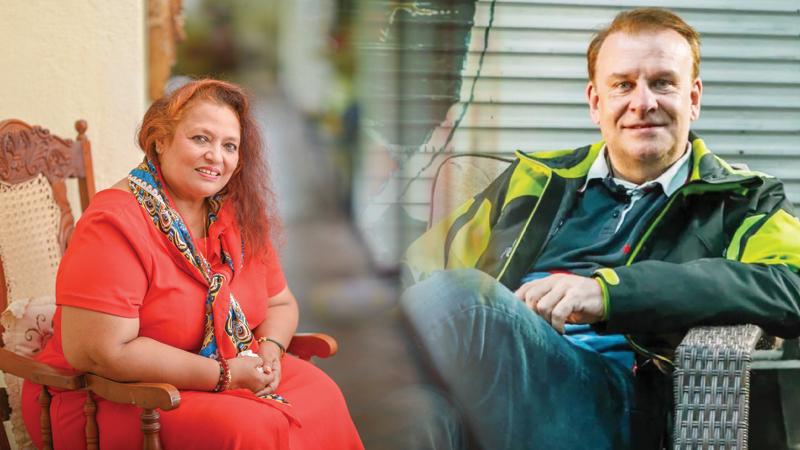

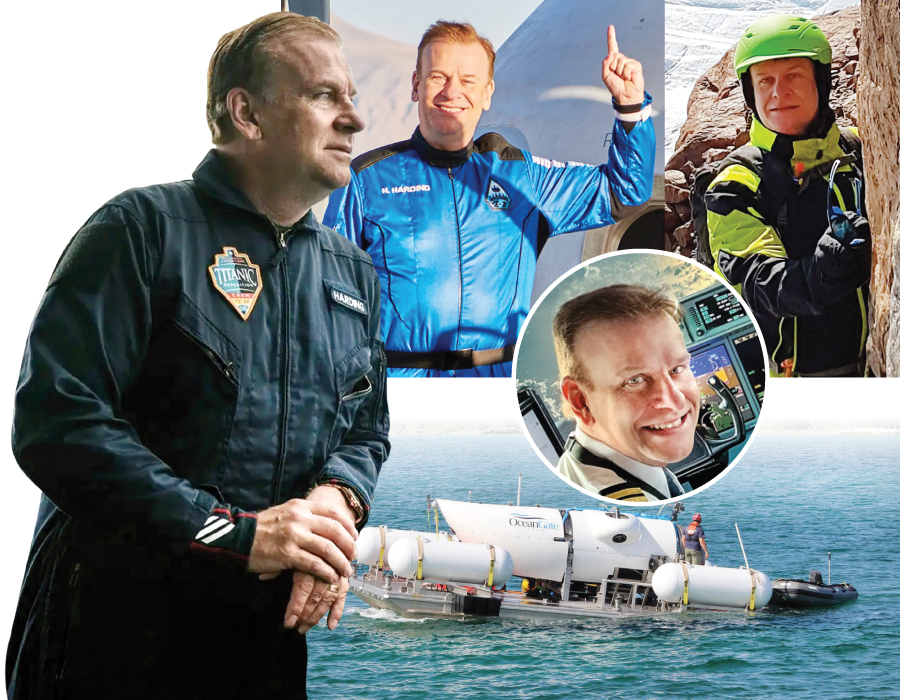
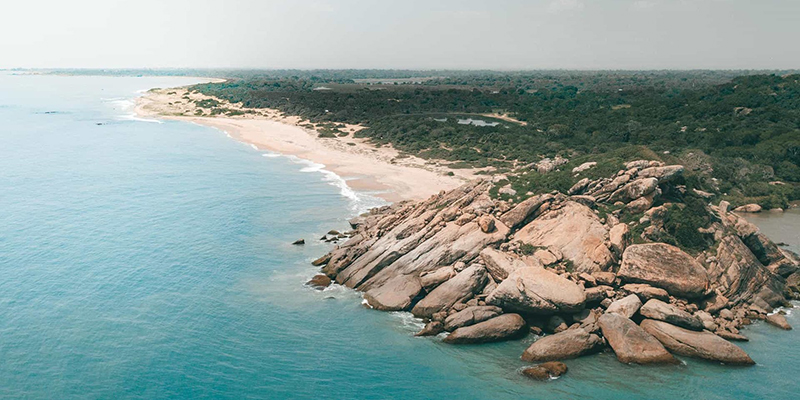
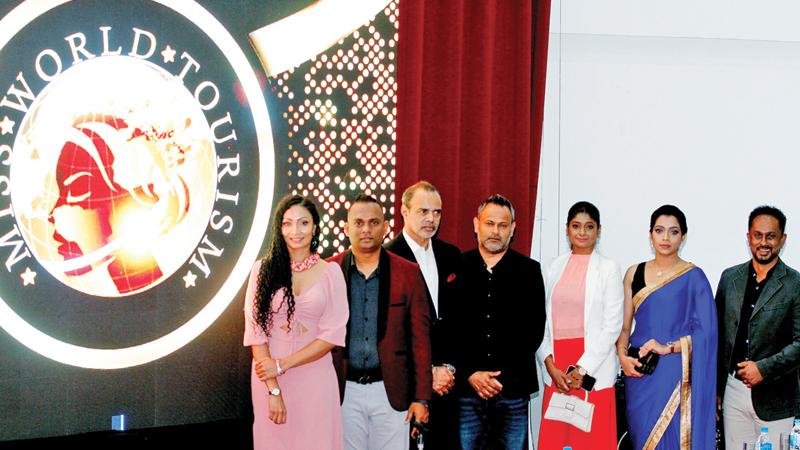

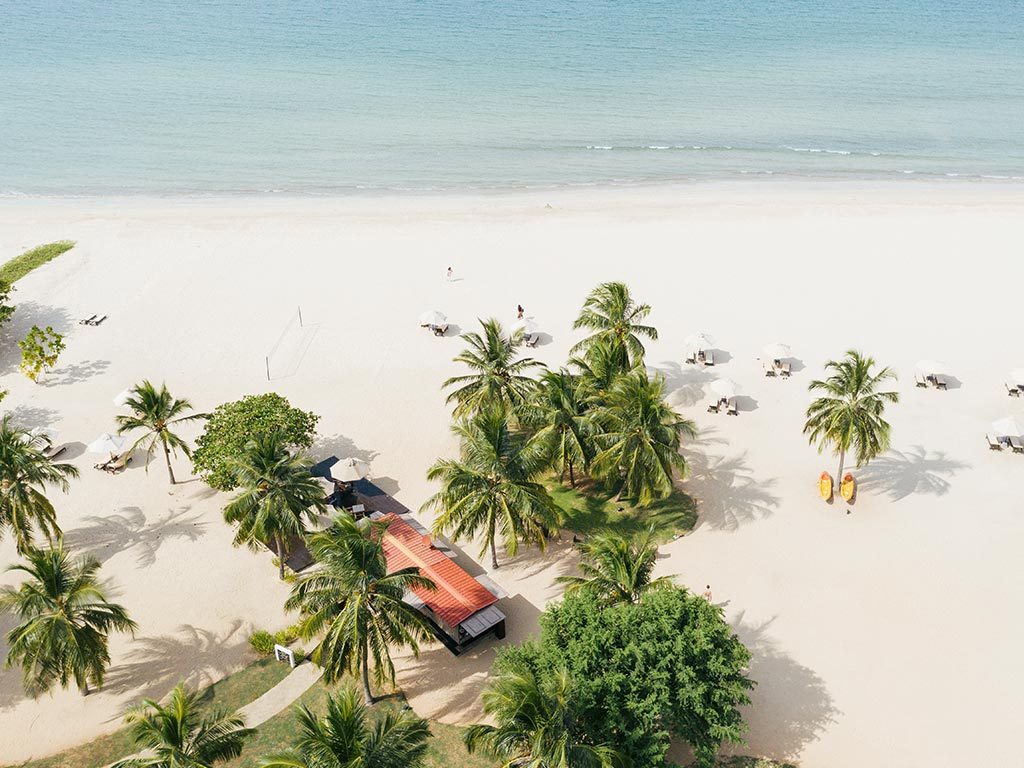
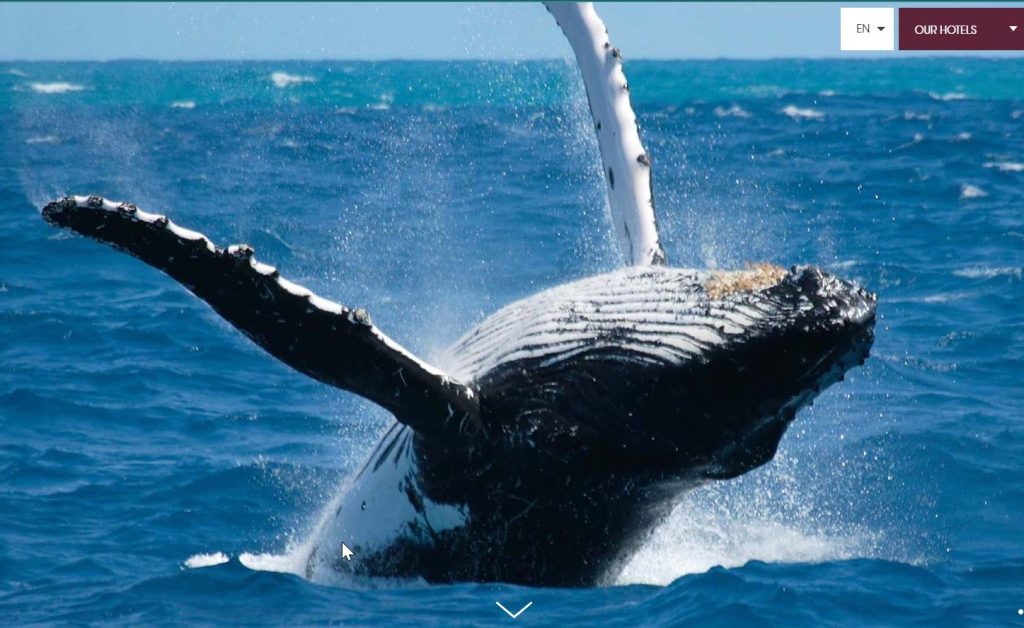

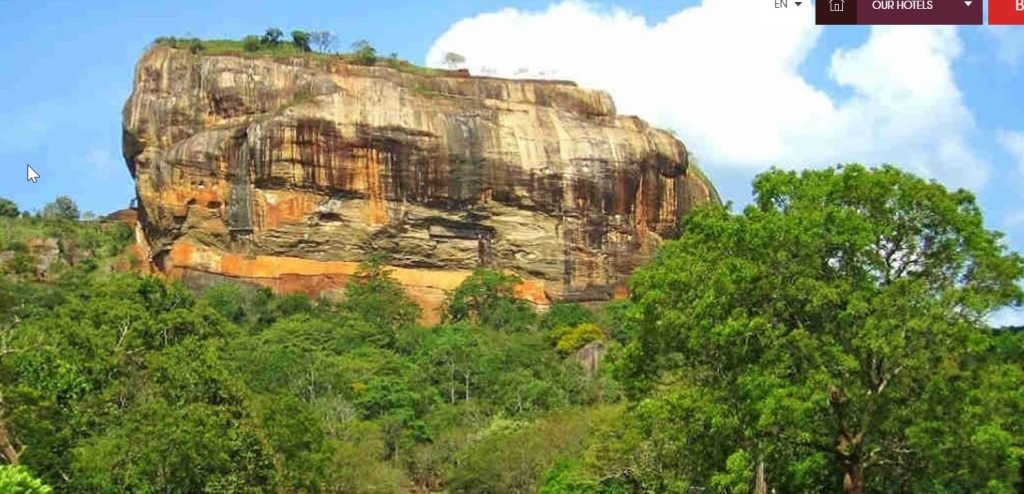


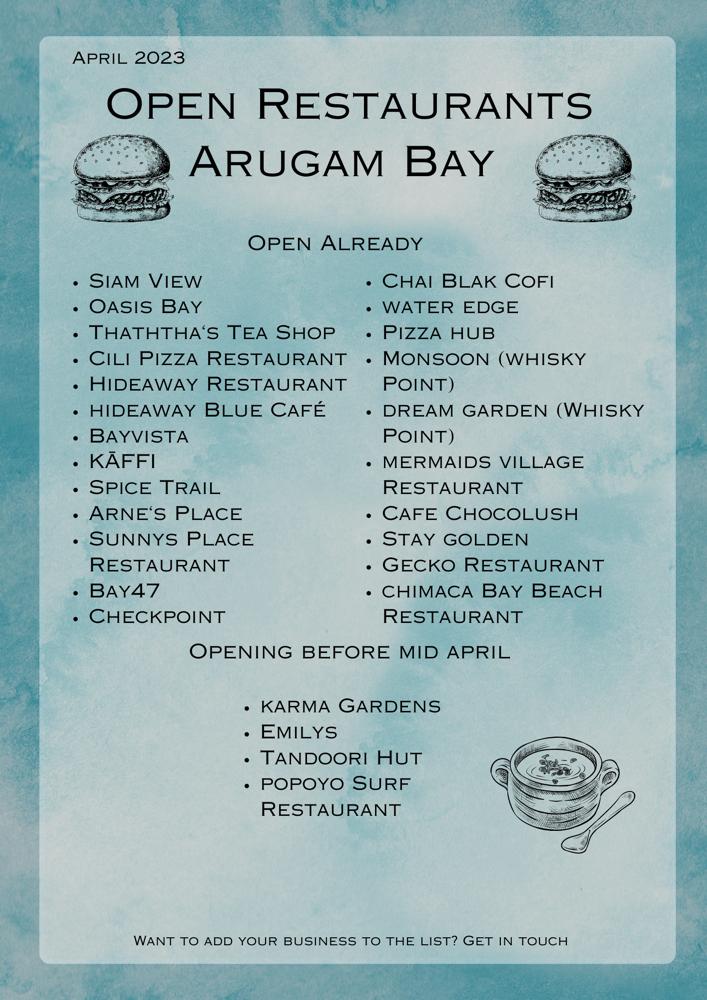

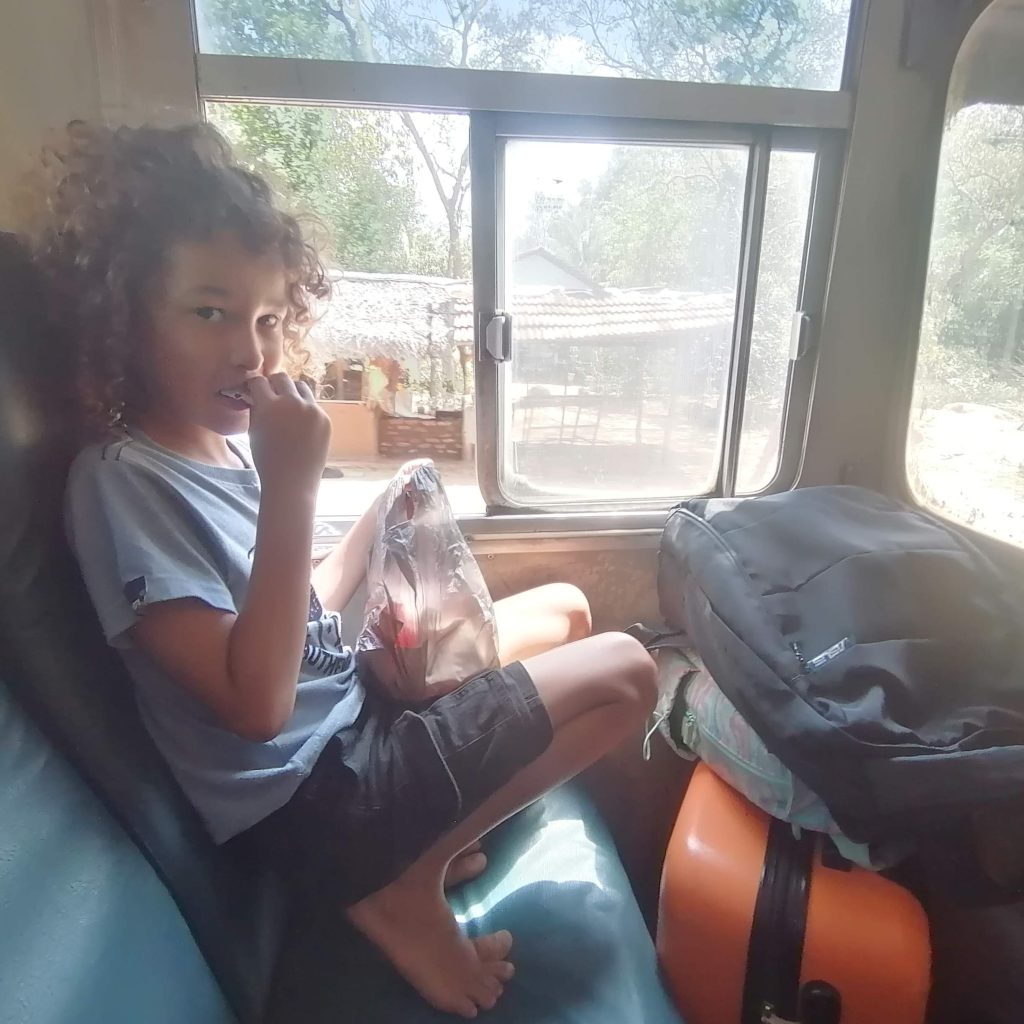
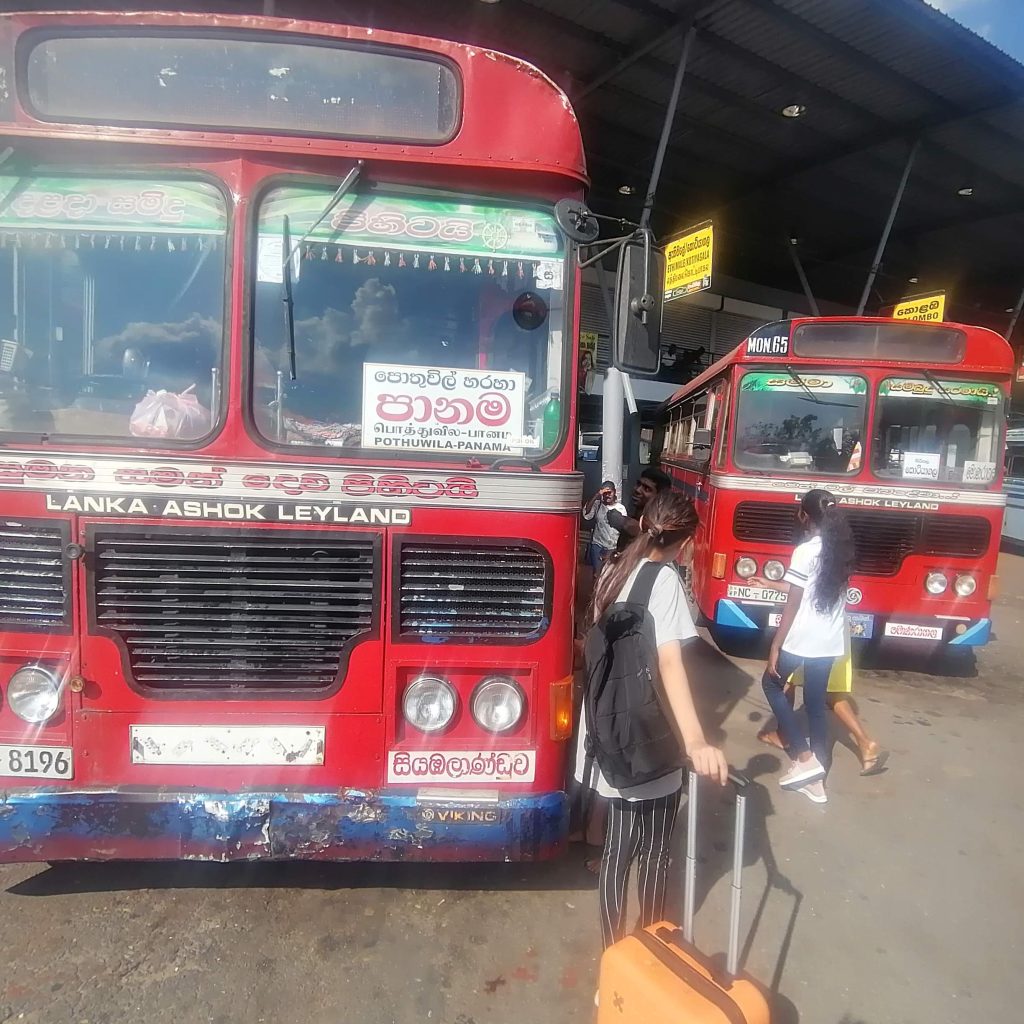
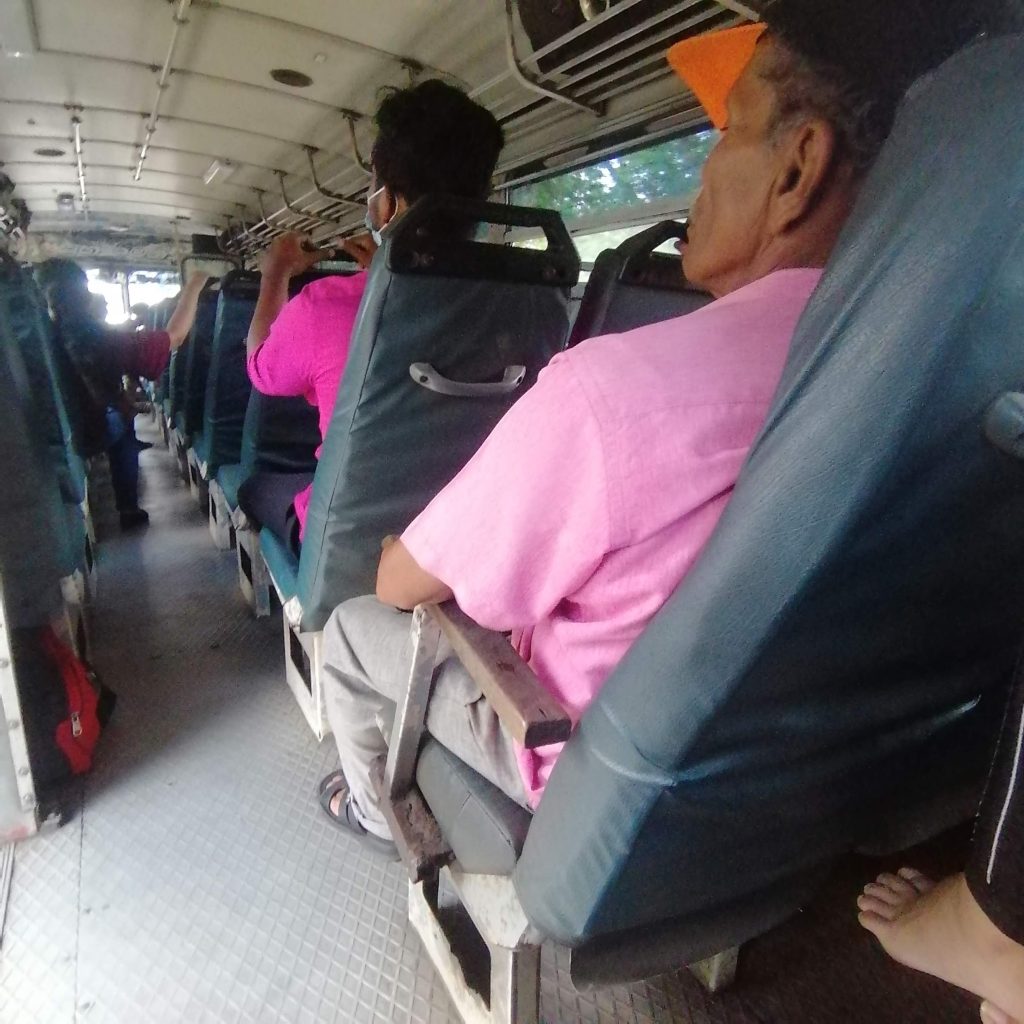
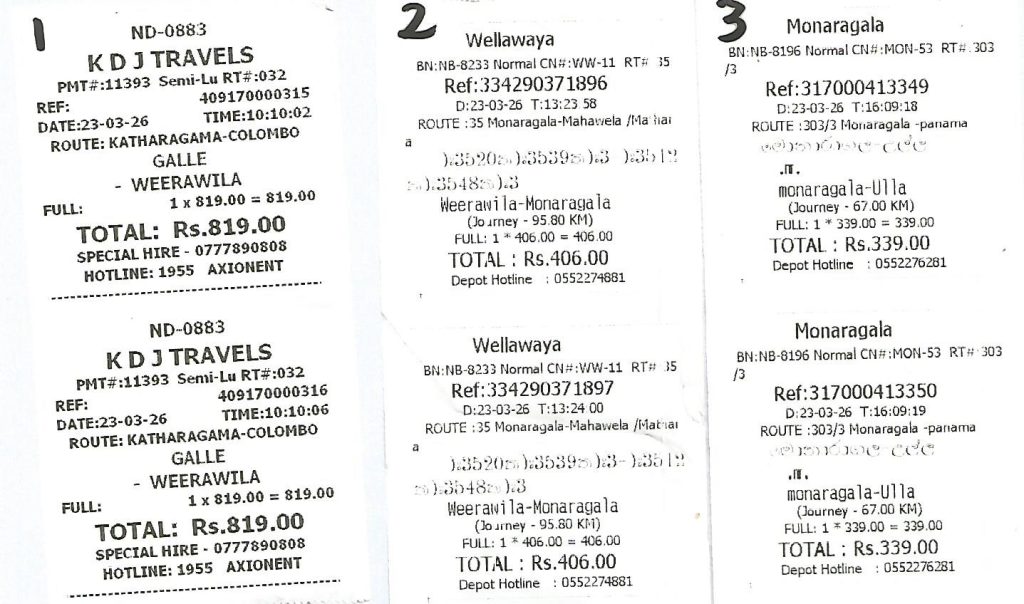
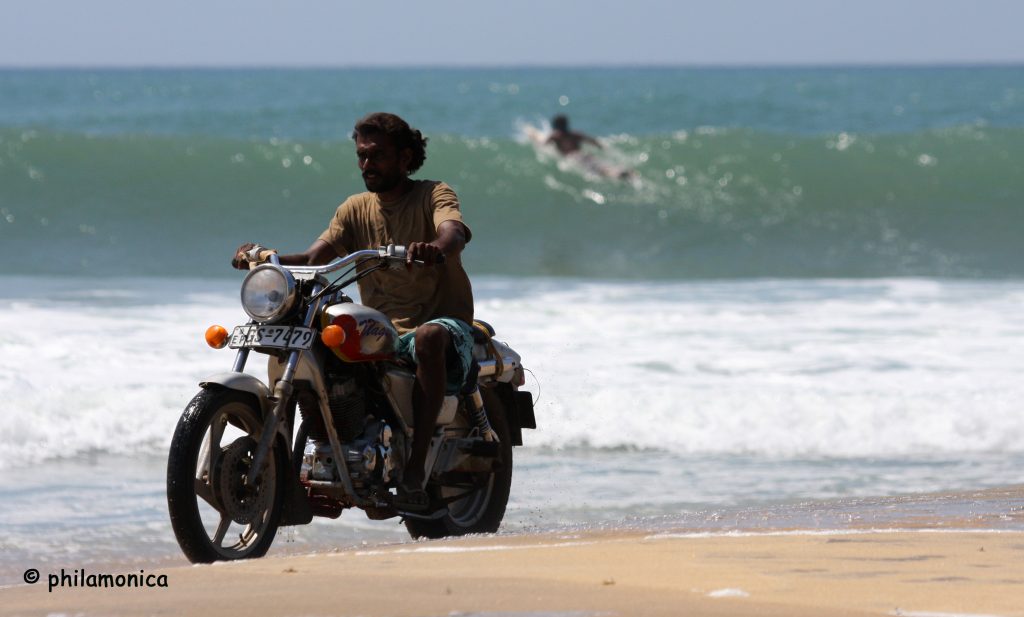
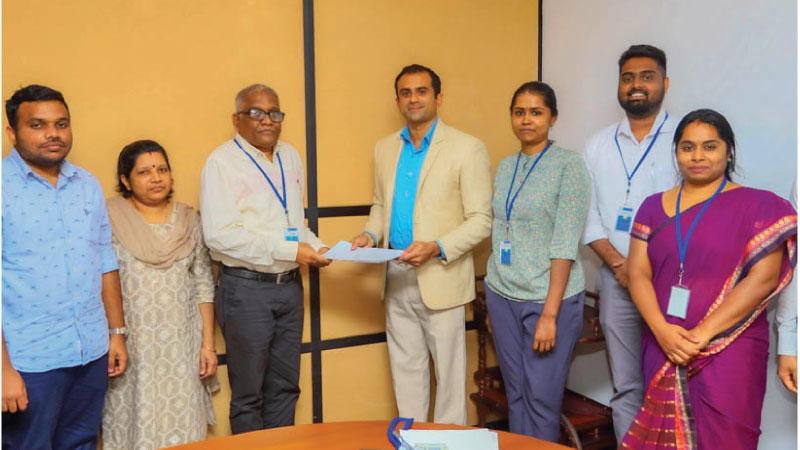
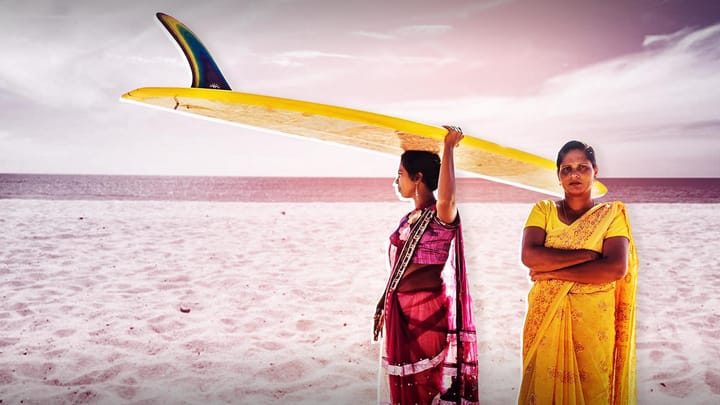



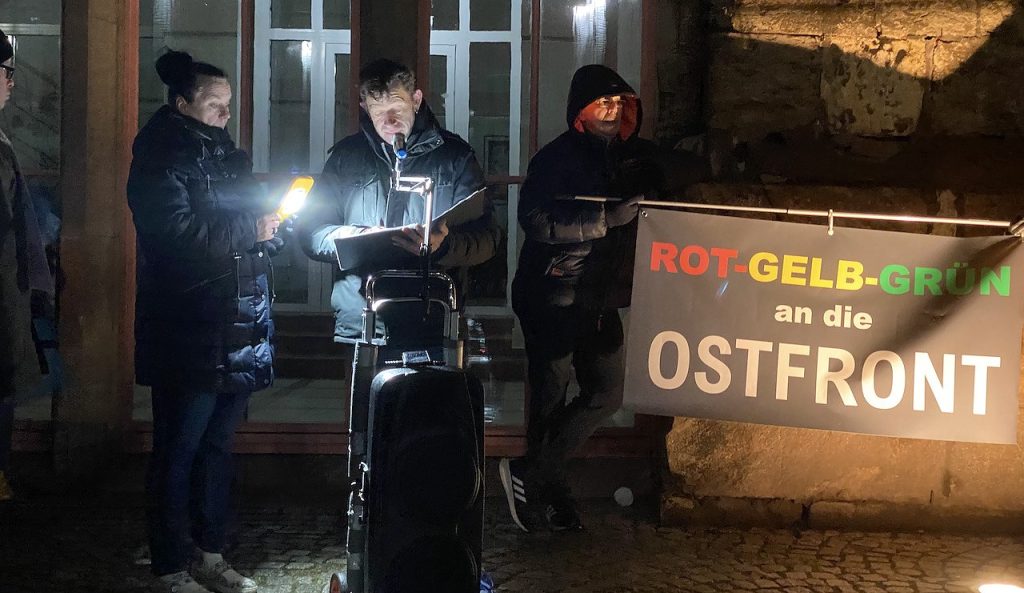
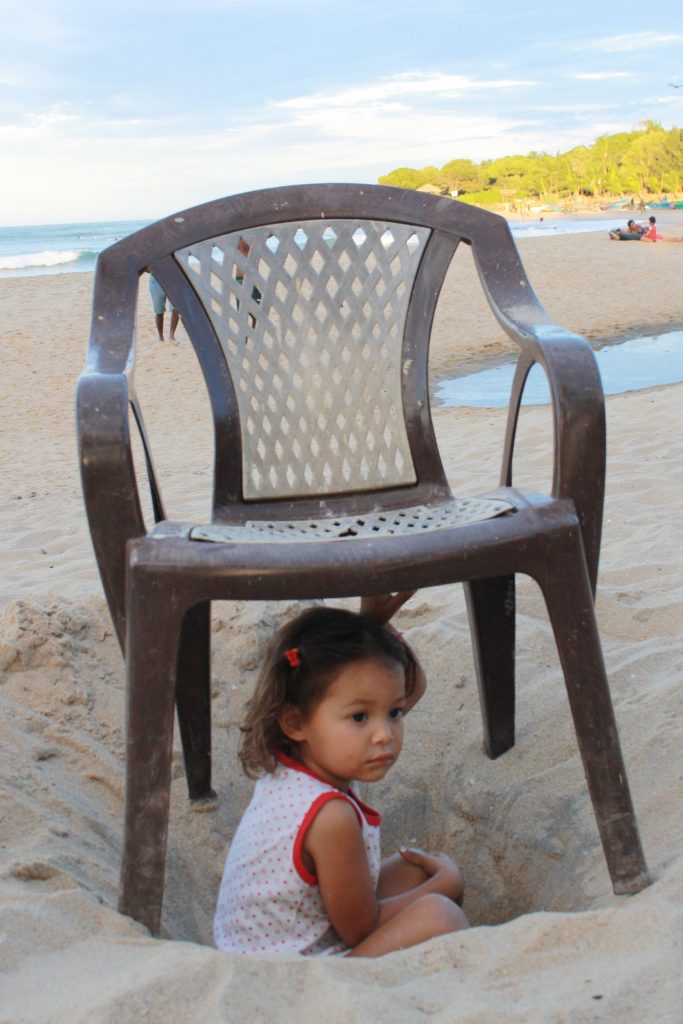
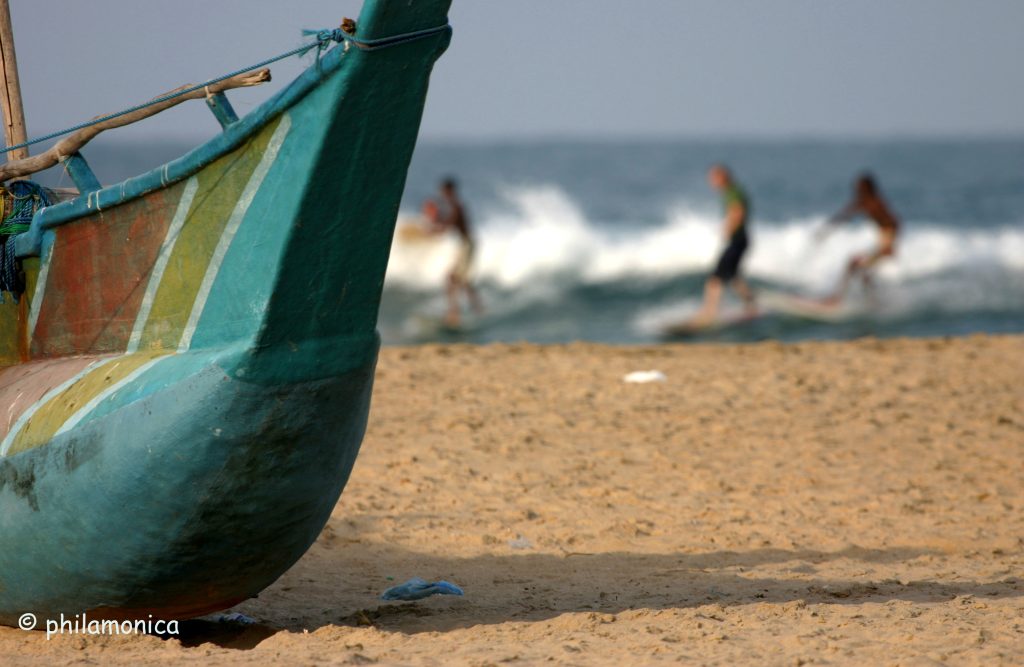
 Arugam Forum
Arugam Forum Arugam Photo Galleries on Picasa
Arugam Photo Galleries on Picasa Old Website
Old Website Press Coverage
Press Coverage Surf Forecast for Arugam Bay
Surf Forecast for Arugam Bay
TODAY’s Comments